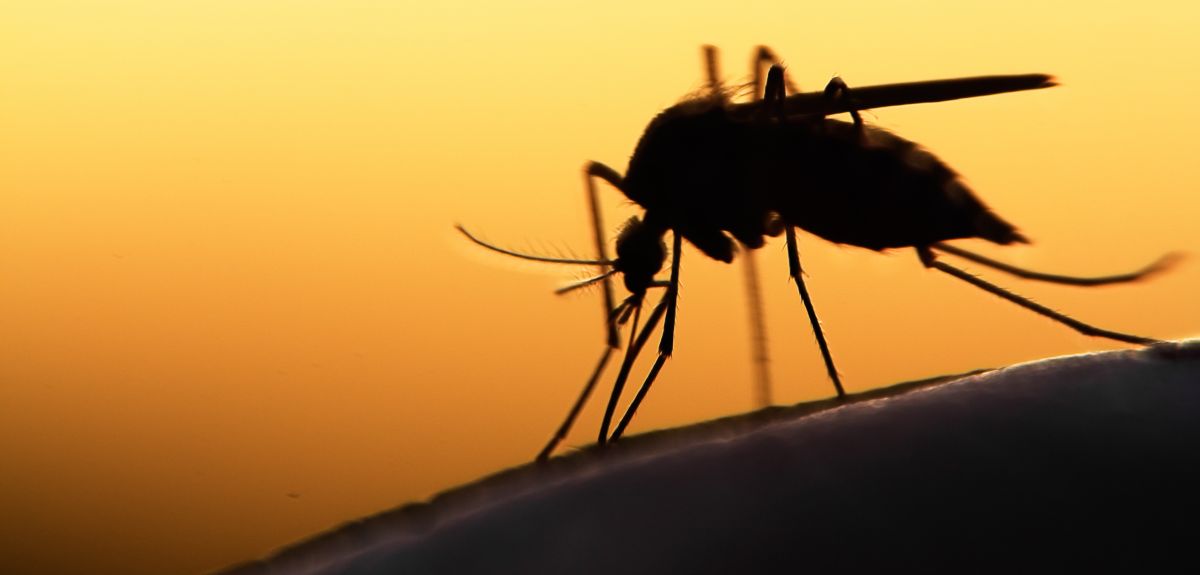
Image credit: Shutterstock
Predicting the spread of yellow fever in central Africa
Since late 2015, an epidemic of yellow fever in the central African countries of Angola and the Democratic Republic of Congo (DR Congo) has affected more than 7,000 people, causing almost 400 deaths.
An international team of researchers led by epidemiologists at Oxford University and Institut Pasteur has sought to better understand the spread of this outbreak, with the aim of making more efficient use of the limited vaccine stocks available.
First author Moritz Kraemer, of Oxford's Department of Zoology, told Science Blog about the study, which is published in The Lancet Infectious Diseases:
'Yellow fever is a haemorrhagic fever transmitted between humans by the Aedes aegypti mosquito, and for a long time it was one of the most feared lethal diseases. In about 15-25% of people infected, it causes severe symptoms that can lead to death. Fortunately, there is a single dose vaccine to protect people for the rest of their lives.
'We analysed datasets describing the epidemic during a large urban yellow fever outbreak in Angola and DR Congo in combination with mosquito-ecological and demographic information. Our aim was to predict the invasion of yellow fever in the region during this outbreak and test whether we could predict where it would arrive next. This was done in light of a shortage in vaccine stock that became apparent during this outbreak in central Africa.
'Early invasion was positively correlated with high population density. The further away locations were from Luanda, the capital of Angola, the later the date of invasion. A model that captured human mobility and vector suitability successfully discriminated districts with high risk of invasion from others at lower risk. If, at the start of the epidemic, sufficient vaccines had been available to target 50 out of 313 districts in the area, our model would have correctly identified 27 (84%) of the 32 districts that were eventually affected. We found that by using a simple statistical model, we could identify locations at highest risk of yellow fever cases.
'From our analysis, we anticipate that the spread of the virus was the result of two factors. One of these was the increased travel between districts – especially large urban centres such as Luanda and Kinshasa, the capital cities of Angola and DR Congo respectively. Such big urban centres are hubs for mosquito activity, and the density of living contributes to the high risk of being infected. In addition, the low levels of vaccination against the virus may have contributed to the successful arrival of the virus in new regions where it had been absent previously.
'The research and model applied here is applicable for a range of diseases, including those rapidly expanding, such as Zika or Ebola. Predicting where the next location may be is important for public health policy makers to decide where to target their resources.
'The continental expansion of Zika in the Americas has shown how quickly new viruses can expand, especially in locations where they have been absent previously. Zika, for example, is also transmitted through the Aedes aegypti mosquito, the same insect that transmits yellow fever. However, in our research we point towards the importance of human demography as a main driver of spread and highlight the possibility that this research could be readily implemented in the context of other vector-borne diseases.'